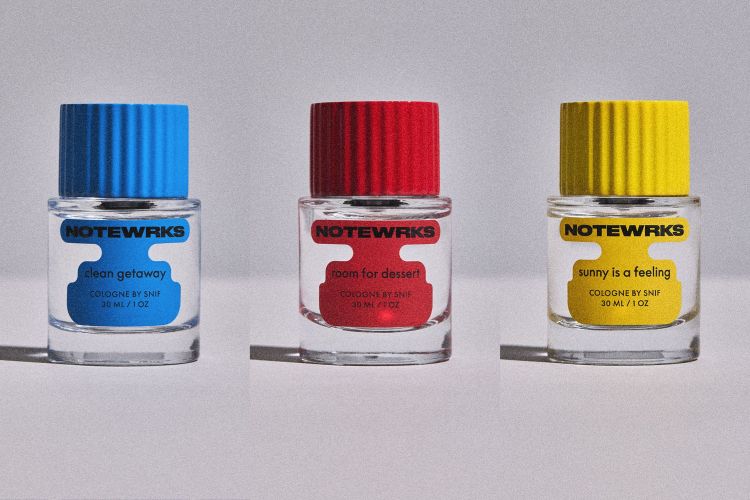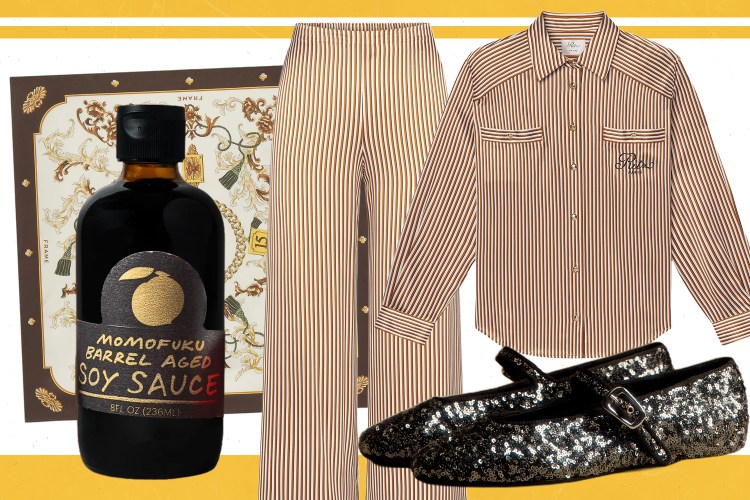After years of wandering a wilderness of their own creation, the Los Angeles Lakers are back to being, well, The Los Angeles Lakers. Gone are the days of Kobe Bryant’s masturbatory farewell season and friendly-fire diss-tracks and dinners with Heath Ledger that were real and not fake. In their place, the Lakers have built — stumbled into? — a juggernaut and, at 16-2, the best record in the NBA.
Ever since franchise legend and erstwhile team president Magic Johnson spent the month of May explaining I’m not mad, this is funny to me, the Lakers have displayed front-office competency. In June, they, at long last, traded for Anthony Davis, who promptly repaid them in kind by displaying the Goliath talent that made him so coveted in the first place. In July and August, they complemented their all-cosmos duo of LeBron James and Davis by filling the roster with sturdy veterans like Danny Green, Avery Bradley and Dwight Howard. In October and November, they whomped nearly every team in sight. In the simplest sense, this is a team of bullies. On a more macro level, this is a team primed to reshape — or unshape — the way basketball is played today.
For the past decade, the NBA has been defined by its devotion to sprawl. The league has manifested its destiny in the form of expanded shooting ranges. It’s partly math, yes, but even more so it’s an exercise in iconoclasm, a fundamentally new way of playing the sport, just like Stephen Curry and Damian Lillard shooting pull-up jumpers from 30 feet was a different game than Bob Cousy slowly dribbling in a circle around a barbershop quartet. In turn, this movement has created a biome that relies more on skill and finesse than being tall and looking mean; spread pick-and-rolls have effectively excised those stolid post-ups of Greg Ostertag rubbing his belly-button against some Greg Ostertag-adjacent squid. Whereas the NBA of yesteryear was a battle to out-muscle and out-mush the opposition, today’s iteration is obsessed with creating and exploiting wide-open spaces. For years, the NBA has zigged thusly. Then the Lakers grabbed the five tallest guys nearby and said, fuck it, we ball.
And ball they have. Despite ranking in the league’s bottom half for both three-point percentage and three-point rate, the Lakers wield the eighth most efficient offense and the third best net rating. Offensively, they orbit around the twin brilliance of James and Davis, a duo that contributes more than 50 points per game. Beyond scoring, this pairing creates a natural hierarchy of needs for the rest of the roster. James, now a proud wine dad, has fashioned himself into a jumbo-sized point guard. Popular convention dictates that James would slide up the positional spectrum and operate as a full-time power forward (and maybe even center) as he enters his hooping dotage — that he’d replace agility with brawn. Instead, he has retooled his game into an unholy amalgam of Ben Simmons and literally any bipede who knows how to shoot a basketball.
Although James is averaging the fewest points since his rookie year (for reference: he is still averaging 25.2 points per game), he has offset his relatively meager scoring by supplying 10.8 assists per game, the most of his career and the most in the league. Granted, James has always been an exceptional passer, but he has never been on a team this talented that is still so reliant on his playmaking. Following last year’s failed experiment of having James stand in the corner and watch Lance Stephenson, general manager Rob Pelinka stocked this year’s bench with role-playing specialists who can be mixed-and-matched around James and Davis according to the matchup. Danny Green, Kentavious Caldwell-Pope and Troy Daniels are spot-up aces; Javale McGee and Dwight Howard provide rim-running ballast; Kyle Kuzma is the answer to the age-old question of what if Jabari Parker were a Soundcloud rapper (or, conversely, what if Michael Beasley were less of a Soundcloud rapper)?
But let’s be honest: This is mostly about LeBron’s shiny and conspicuously brow’d new toy. More than Dwyane Wade or Chris Bosh or James Jones, Davis is James’s hardwood soulmate. For all his individual ability, Davis is best suited as a finisher rather than a creator — he is a cue ball, not a cue. Freed from the onus of manufacturing the brunt of the offense, Davis can slide into whichever role maximizes his utility on a given possession. Yes, he is nourished by a diet of post-up and isolations, but he is at his best when he is set up by his teammates, whether as a cutter, spot-up shooter or screener. The James-Davis pairing is the most destructive force in the league. Together they dominate the paint (they’re respectively 10th and 11th in points in the paint per game) but also retain the flexibility to wreak havoc everywhere else. And crucially, James and Davis opt for the paint out of choice, not necessity. They could shoot, but why would they do that when they can dunk instead?
Defensively, the Lakers are a terror — a swarm of wasps, a pestilence, a plague. The don’t give up a single easy bucket. Head coach Frank Vogel is more than merely a man who looks like his name is Frank Vogel; he is one of the best defensive minds in the sport. Under his watch, the Lakers have a five-man unit that moves in perfect synchronicity: Avery Bradley and Danny Green essentially strap themselves to the chests of ball-handlers like Baby Bjorns and thrash and wail for 48 minutes. Dwight Howard and Javale McGee fortress the rim and prove themselves surprisingly nimble when siloed on the perimeter on switches. Anthony Davis does everything, unfurling his albatross arms and swallowing entire offensive sets whole. Even LeBron James, who spent the bulk of his defensive possessions last season trying to solve the Sunday crossword, has a newfound pep in his step. Together, the Lakers are the blockiest team around and they force the third most turnovers. If the Lakers offense is built like a Mr. Potatohead (a curated collection of various parts plugged into a central core), their defense is a whirring Bey-Blade, repelling any offense.
Purists and Olds and mush-brained Kobe Bryant stans like to complain that the NBA has lost its edge. That basketball should not be about arithmetic or progress, that true manhood is proven one 17-foot fadeaway at a time. It’s a mistake to call the Lakers retro — they’re too skilled and versatile — but they certainly blend an old-school gestalt with 2019 basketball. They space the floor, but with the aim of creating avenues through which James and Davis can hopscotch to the rim. They will trot out a phalanx of mobile, rangy defenders on defense, but with the intention of using this throng of arms and legs to prevent switches, rather than enable them. These Lakers are a contemporary remix of an old standard; a cocktail of where the league’s been, where it is and where it may be going. They’re proof that a star can always be born.
The Charge will help you move better, think clearer and stay in the game longer. Subscribe to our wellness newsletter today.

























